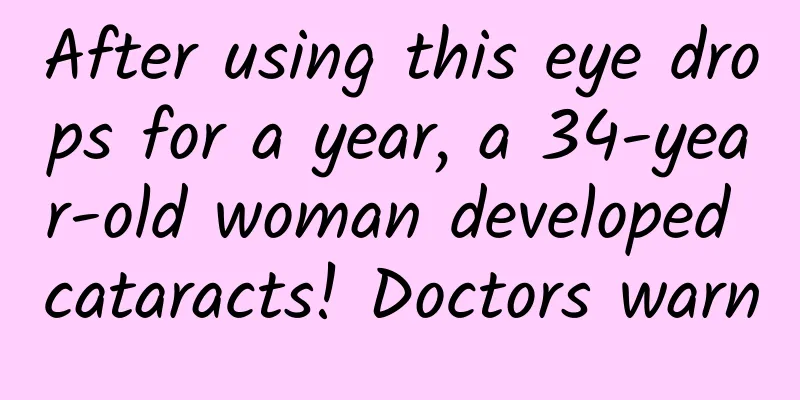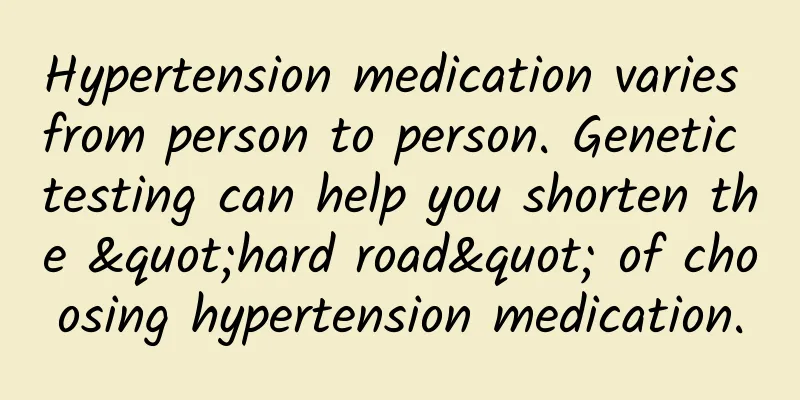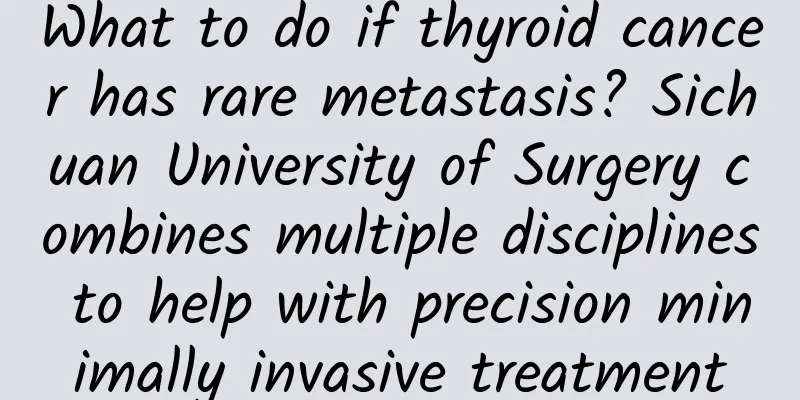What is the treatment for uterine fibroids?

|
The uterus is the female reproductive organ and is also a part that is prone to disease. Uterine fibroids are a disease with a very high incidence rate among women, and they cause great harm to women's bodies. Many women with uterine fibroids are always very afraid and anxious, and always think that if they want to treat uterine fibroids, they have to remove the uterus. In fact, there are many ways to treat uterine fibroids, and you have to judge according to your own condition. Let's learn about the treatment of uterine fibroids. Treatment of uterine fibroids 1. Follow-up observation If the patient has no obvious symptoms and no signs of malignancy, regular follow-up observation can be performed. 2. Medication (1) Gonadotropin-releasing hormone agonists (GnRH-a) Currently, the commonly used GnRH-a in clinical practice include leuprorelin (Enanton), goserelin (Zoloft), triptorelin (Dapiga), etc. GnRH-a should not be used continuously for a long time. It is only used for pretreatment before surgery, generally for 3 to 6 months, to avoid causing severe menopausal symptoms caused by low estrogen. A small dose of estrogen can also be supplemented at the same time to counteract this side effect. (2) Mifepristone is a progesterone antagonist that has been clinically tried in recent years to treat uterine fibroids. It can reduce the size of fibroids, but the fibroids often grow again after discontinuation of the drug. (3) Danazol is used for preoperative medication or treatment of uterine fibroids that are not suitable for surgery. Uterine fibroids may grow larger after medication is stopped. Danazol can cause liver damage and androgenic side effects (weight gain, acne, dull voice, etc.). (4) Tamoxifen can inhibit the growth of fibroids. However, long-term use may cause enlargement of uterine fibroids in some patients, and may even induce endometriosis and endometrial cancer, so this should be paid attention to. (5) Commonly used androgen drugs include methyltestosterone (methyltestosterone) and testosterone propionate (testosterone propionate), which can inhibit the growth of fibroids. The dosage should be used carefully to avoid virilization. During the bleeding period of patients with uterine fibroids, if the amount of bleeding is heavy, uterine contractants (such as oxytocin, ergot) and hemostatic drugs (such as hemostatic acid, aminobenzoic acid (hemostatic aromatic acid), lizhihemostasis, Panax notoginseng tablets, etc.) can also be used, which can play a certain degree of auxiliary hemostatic effect. 3. Surgery Surgical treatment of uterine fibroids includes myomectomy and hysterectomy, which can be performed abdominally or vaginally, or endoscopically (hysteroscopy or laparoscopy). The choice of surgical procedure and approach depends on factors such as the patient's age, whether or not they have fertility requirements, the size and location of the fibroids, and medical technology conditions. (1) Myomectomy is a surgery to remove uterine fibroids while preserving the uterus. It is mainly used for young women under 40 years old who wish to retain their fertility. It is suitable for patients with larger fibroids, heavy menstruation, compression symptoms, infertility due to fibroids, submucosal fibroids, and fast-growing fibroids without malignant transformation. (2) Hysterectomy is recommended for patients with obvious symptoms, those with malignant fibroids, and those who have no fertility requirements. Hysterectomy can be performed with total hysterectomy or subtotal hysterectomy. For older women, total hysterectomy is more appropriate. The possibility of cervical malignancy must be excluded before surgery. (3) Uterine artery embolization uses radiological intervention to directly insert an arterial catheter into the uterine artery and inject permanent embolic particles to block the blood supply to the uterine fibroids, thereby causing the fibroids to shrink or even disappear. UAE is currently mainly suitable for uterine fibroids with symptoms such as abnormal uterine bleeding leading to anemia. Caution should be exercised when choosing interventional treatment for uterine fibroids, especially for those with uncontrolled pelvic inflammation, those who wish to retain their fertility, those with arteriosclerosis, and those who have contraindications to angiography, which should be listed as contraindications to this treatment. 5% of patients may experience premature ovarian failure after surgery, and there are also rare reports of pelvic infections. 4. Focused Ultrasound Therapy By focusing ultrasound waves and raising the temperature locally inside the tumor to over 65°C, the tumor undergoes coagulative necrosis, which in turn has a therapeutic effect. The treatment can cause the fibroids to shrink and relieve symptoms. Indicated for symptomatic uterine fibroids. The advantages are that there are no surgical scars after treatment and recovery is fast. Adverse reactions have been reported including skin burns, adjacent intestinal damage, and hematuria. The above is an introduction to the treatment of uterine fibroids. After understanding it, you must seek timely treatment when you encounter such symptoms. Timely treatment in the early stages of the disease will make the treatment process much simpler. In addition, women should consult a doctor in a timely manner if they experience abdominal pain, irregular menstruation, or abnormal leucorrhea. |
<<: How many days after giving birth does a woman have milk?
>>: What to do if a pregnant woman has a severe headache
Recommend
From symptoms to treatment: A comprehensive look at Parkinson's disease
Parkinson's disease is a common neurological ...
How many days after an abortion can I wash my hair?
After having an abortion, women must pay attentio...
I have heavy periods and blood clots
Because every woman has a different physical cons...
What should I do if my nipples and areola are dark in color? These methods are very effective
The color of women's nipples will become dark...
How to clean the episiotomy wound during normal delivery? This is the right way to care for it
I believe that many women who have given birth wi...
[Creative Cultivation Program] Buttock injection VS arm injection, which is the better solution for vaccination?
Author: Chen Wen Reviewer: Wang Wei, deputy chief...
How long after a normal birth can I swim
Natural childbirth has always been the most commo...
This heart indicator often appears abnormal, but it may not be a heart disease
Many patients have been shocked by this test resu...
Why do I feel nauseous and want to vomit during my period?
Key reminder: Many women find that they have head...
Brown discharge one week after period
Menstrual events are very troublesome. If there i...
Menstruation came once and then stopped?
Menstruation is very important for women. If mens...
Exercises to improve women's sexual function
Many women become sexually apathetic in middle ag...
What should girls do if they don’t have half-moons on their fingernails?
Girls' fingernails are all long and look very...
Can I have sex if I have uterine fibroids? Experts will tell you the answer
Many people ask whether they can have sex after s...









